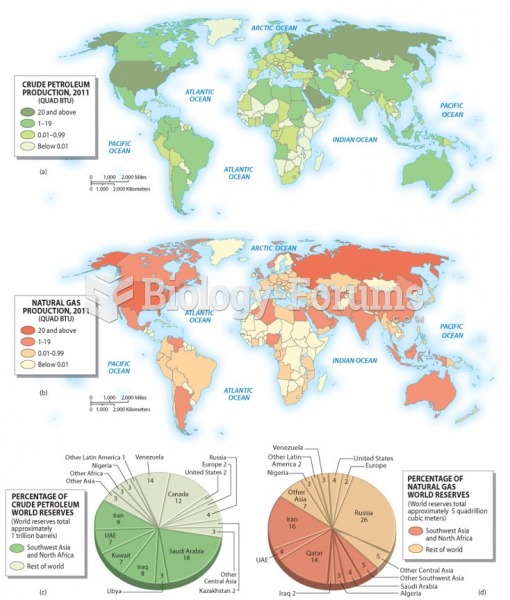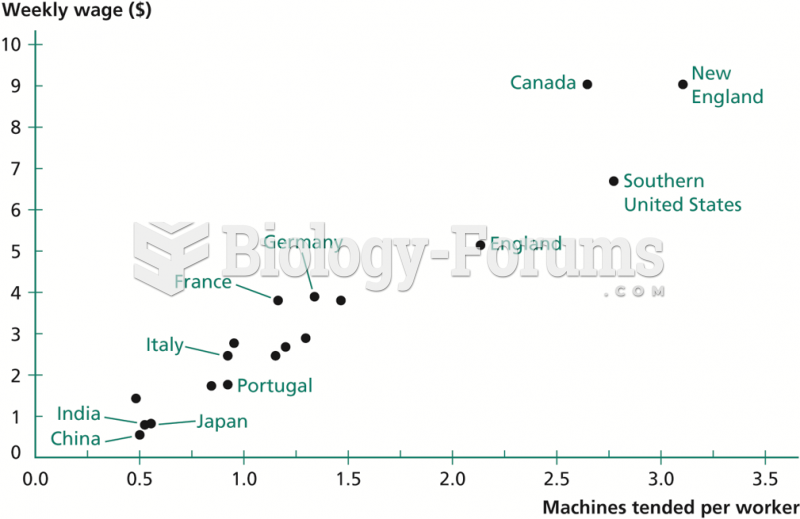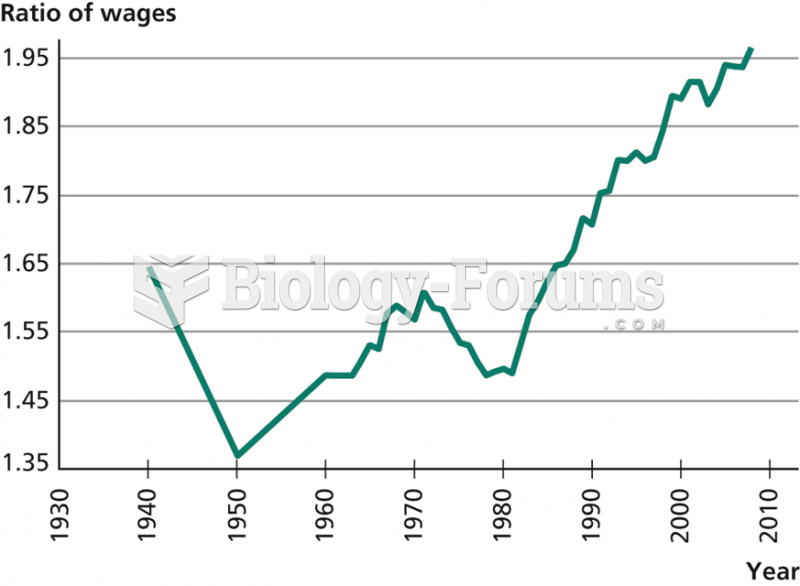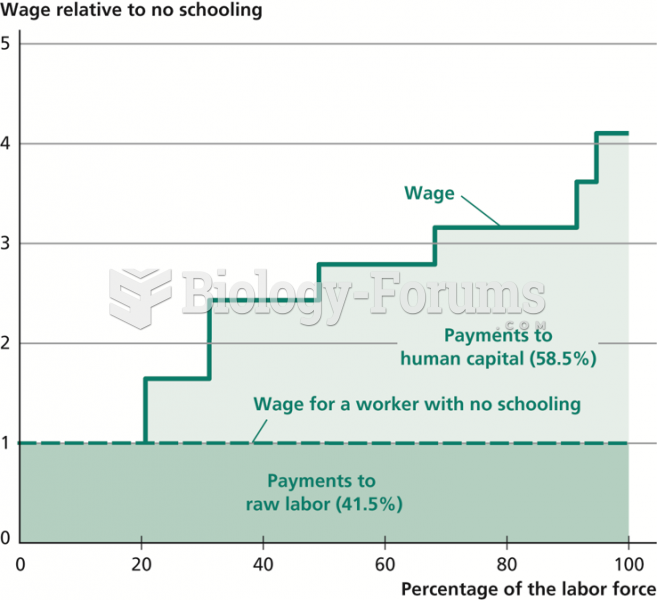|
|
|
Asthma-like symptoms were first recorded about 3,500 years ago in Egypt. The first manuscript specifically written about asthma was in the year 1190, describing a condition characterized by sudden breathlessness. The treatments listed in this manuscript include chicken soup, herbs, and sexual abstinence.
Cancer has been around as long as humankind, but only in the second half of the twentieth century did the number of cancer cases explode.
Bacteria have been found alive in a lake buried one half mile under ice in Antarctica.
Most fungi that pathogenically affect humans live in soil. If a person is not healthy, has an open wound, or is immunocompromised, a fungal infection can be very aggressive.
Bacteria have flourished on the earth for over three billion years. They were the first life forms on the planet.







